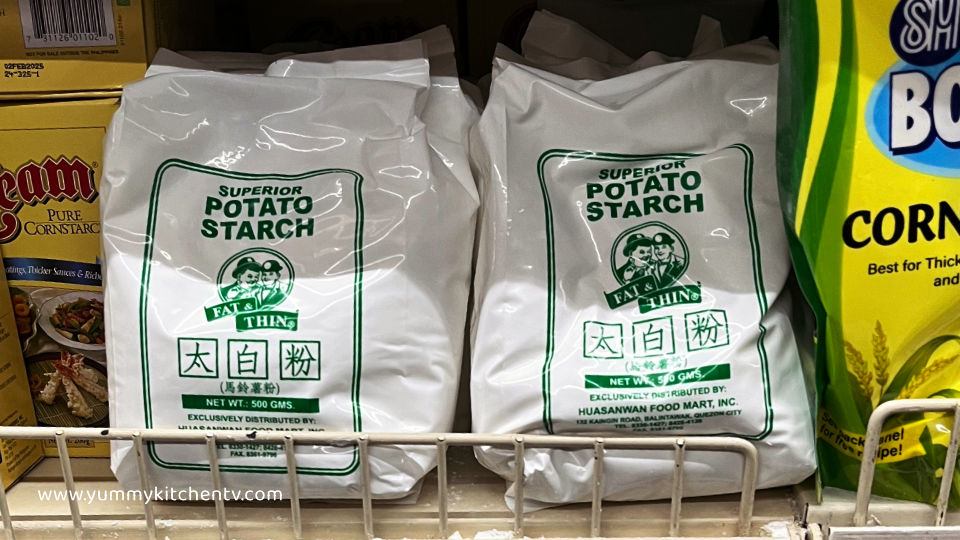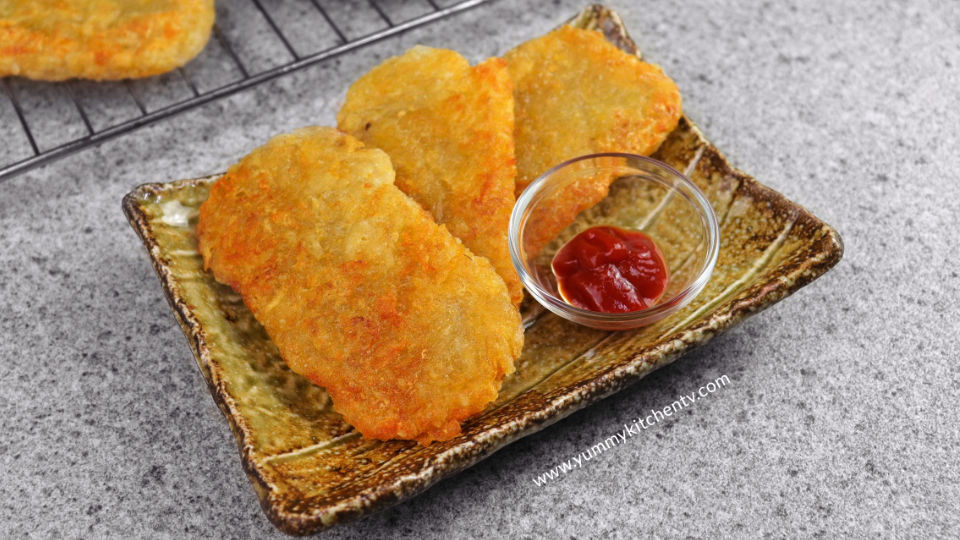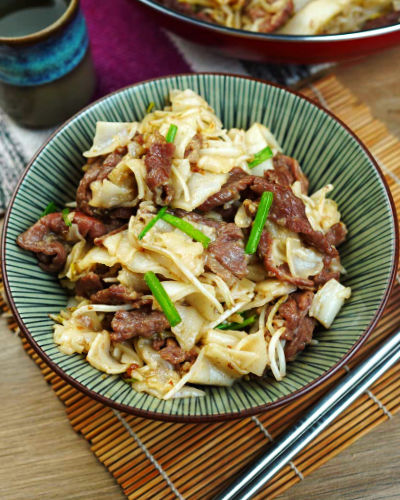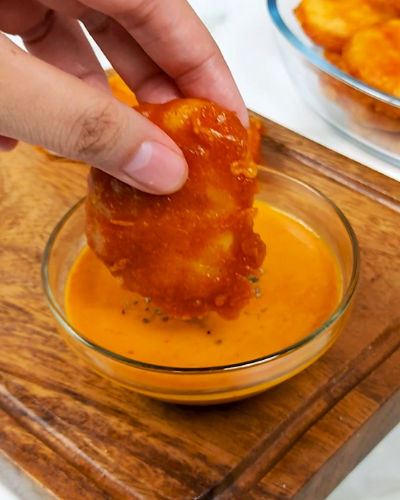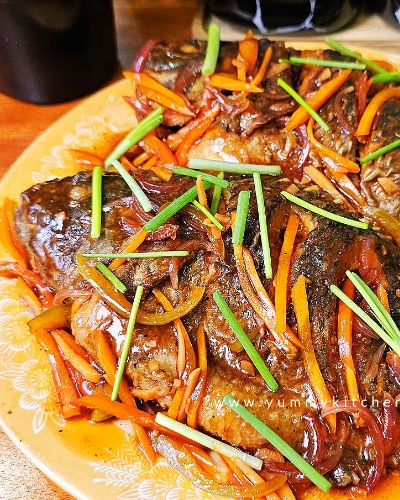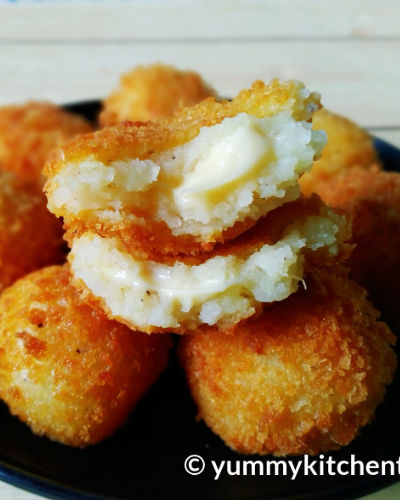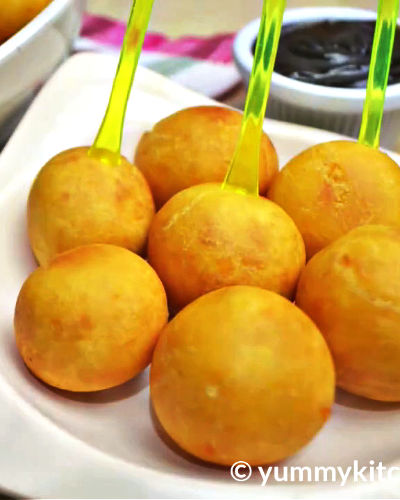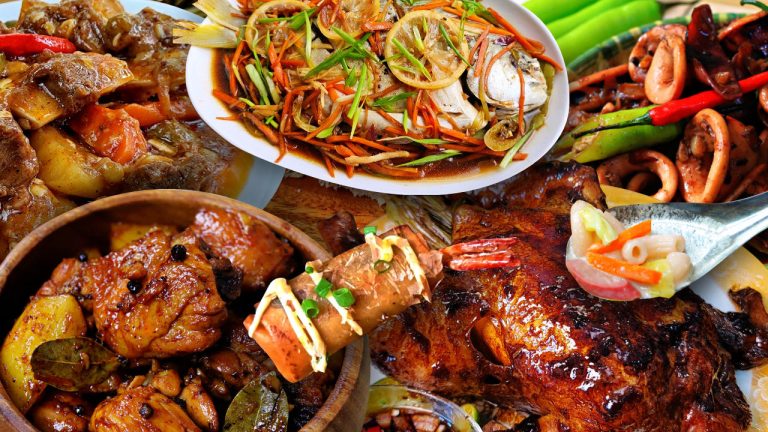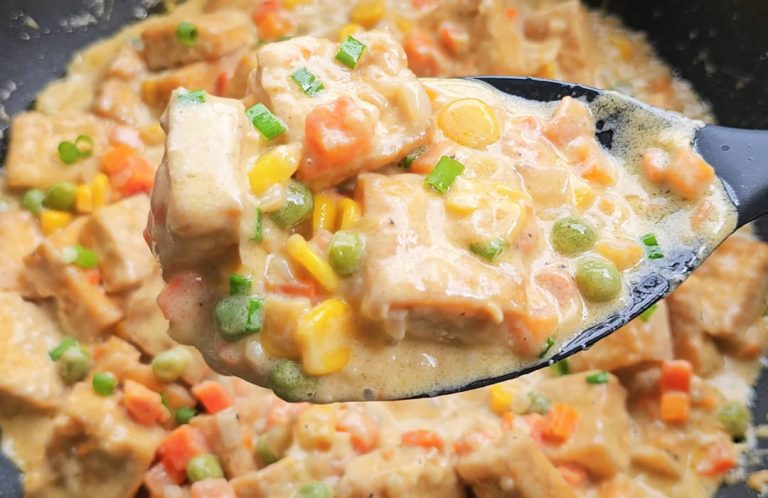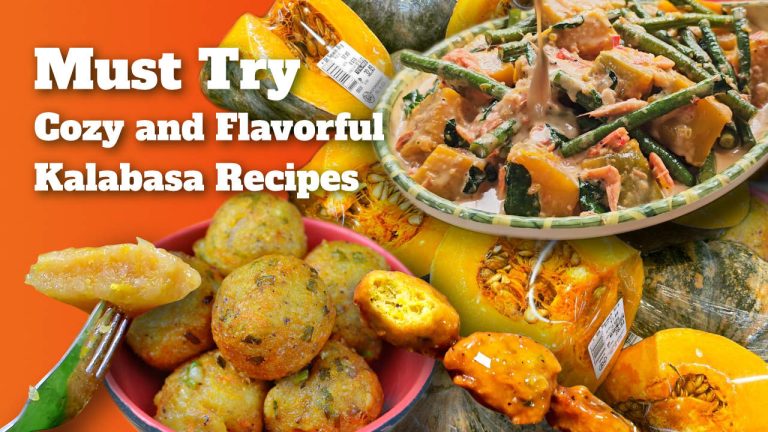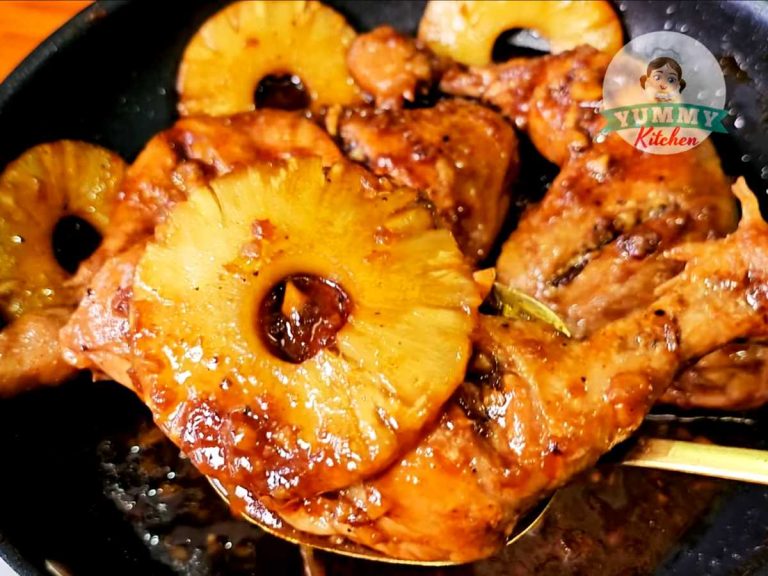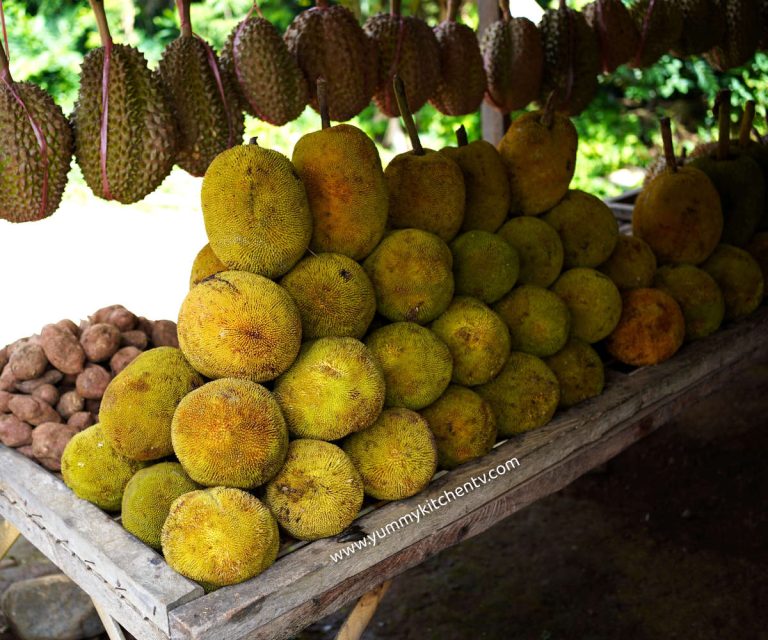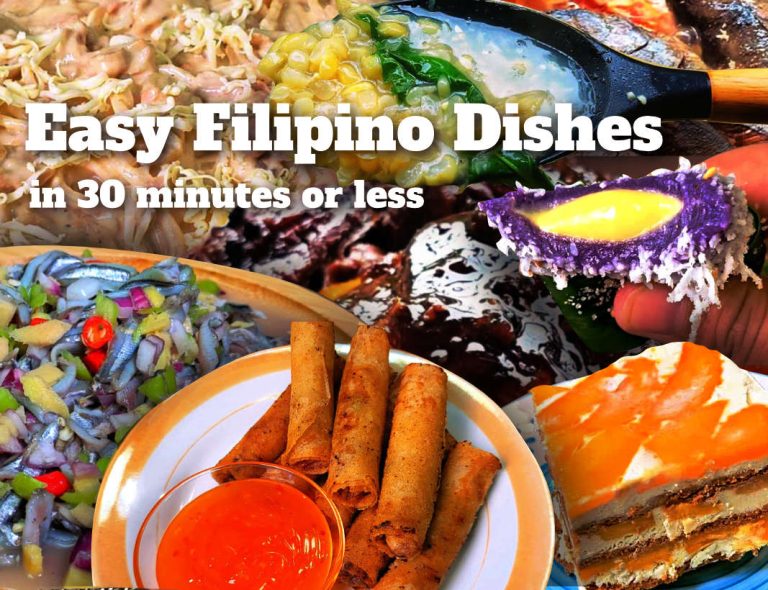Potato Starch
Potato starch is a white colored fine powder is made from crushed potatoes which destroys the cells and releases the starch grains. That are then dried and grinded into powder. It has a lot of health benefits and is also versatile enough that it can be used for fried dishes to improve crispness, added into desserts like cakes and cookies as a gluten-free alternative, and into savory main dishes and soups as a thickener. Find out more on why more people are getting interested in this more affordable gluten free, common but useful ingredient.
A Short Introduction
How to make potato starch? These come from the root tuber cells or the starch grains called “leucoplasts”. The potatoes are crushed or grated to break down the cells, help alone to bring out the solution, in factories are separated by a separator called hydrocyclone, dried, then grinded into powder. For those interested in making these at home here is a quick preview of how to make homemade potato starch:
- The grated potatoes are submerged in warm water giving these a bit of a mix, then strained by using a cheesecloth, reserving the water that comes out. Repeatedly submerge, strain, and keep the leftover water till the water turns clear.
- Set the potatoes aside and pour the reserved water in a pot. Leave the pot at room temperature for 25 – 30 minutes to settle down the scratch at the bottom of the pot. Pour the excess liquid, making sure to keep the white wet like powder you’ll notice at the bottom.
- After pouring just the water out, add a cup of clean water back into the pot, let it settle down for 20 minutes before pouring just the water back out. You’ll be left with the wet starch that you can use immediately.
- To make the dried starch, place the wet starch in a try and try to spread evenly. Cover the whole pan with parchment paper. Keep it at room temperature for 24 hours. You can also use a dehydrator at low for a slightly faster process.
- Once dried, use a fork to give it a bit of a mix. These will come out as clumps, to turn these into fine powder, blend in a grinder or blender.
- These will look closely to the starch we all know, but to make sure these are fine, it will be best to give it a bit of a sift before keeping in an airtight container.
With more and more people finding the many benefits of gluten free eating, wanting to eat healthier and looking for easier to find and affordable ingredients. From using this as a flour substitute, a choice of starch alternative for cooking, baking, frying, baking, and more, with some being used to make other well known daily ingredients such as sweet potato starch noodles, pasta, tortillas, as a gel in commercialized binder in some goods, and even outside the cooking scene as a binder in the textile, wood and paper industry.
Where to buy potato starch? You can buy this ingredient at most grocery stores in the flour aisle, at almost every Asian grocery store, baking specialty stores, or buy bulks of these online.
Potato starch Substitutes:
- Potato starch vs Potato flour – Is potato starch the same as potato flour? While these can be used alternatively, the difference with the flour and starch is that the flour has a good amount of protein, fiber, and has a slight potato flavor while the starch is flavorless. Starch helps add moisture to cakes and breads. The starch is best for recipes where you don’t want the potato flavor to come through.
- Sweet potato starch difference? – These are the granulated versions of usual starch. Needing to be sifted to keep them fine and easier to dissolve.
- Potato starch vs Cornstarch – Many have commonly compared these two; corn starch vs potato starch, but the biggest difference is the main ingredient, being corn and potato which it is respectively named after. Though the starch from potatoes makes sauces thicken faster and has a silkier and more glossy texture. Cornstarch may leave residuals (clumps) in sauces and soups if not mixed well.
- Potato starch vs Tapioca starch – while these can be interchangeably used in savory dishes like frying or thickening sauces. Though this starch cannot handle acidic food and very high temperature while Tapioca starch can and in baking tapioca has a lighter feel keeping the baked goods from feeling too dense.
Potato starch Uses
- What is Potato Starch used for? These are commonly used in cooking as a thickener, alternative to other starches, as a flour substitute when frying, or to add a slight crispiness to baked goods.
- Found in commercialized products like canned soups, gel for confections, in instant pastries, premade instant puddings, and pie fillings.
- What does Potato Starch do ? Outside culinary uses you can find these used to bind products in the paper industry, wood, textile, in some pharmaceuticals, filler, and as a texture agent.
- Potato starch used for skin? In Ayurvedic skincare (traditional Indian skincare) these are used to help reduce blemishes, pigmentation, dark circles, and soothe skin irritation. To use this ingredient, some mix them with a bit of lemon and or honey till it turns into a soft paste, placing it on the problem area for a few minutes then washing it off with water after.
- Eating or using Potato starch for weight loss? Potato starch calories account for around 40 calories for a serving of 12 grams. Some studies have seen some health benefits in using this type of alternative starch. From a healthier colon to improving insulin sensitivity.
Questions:
- Is potato starch bad for you?
While these do not really affect the body, with little to none known potato starch side effects. Some who consume very large amounts of these might trigger bloating and feel gassy.
- Is potato starch gluten free?
Yes it is.
- Is potato starch keto friendly?
Yes, while they might have 10 grams of carbs for a serving of 1 tablespoon. 80% of those grams are considered a resistant starch.
- How to use potato starch for frying?
Simply use this as a substitute for all purpose flour, cornstarch, or any type of flour or starch asked in the recipe.
Potato starch Recipes:
Use as is or as an alternative to other starches in these delicious dishes:
with Spicy Dip


